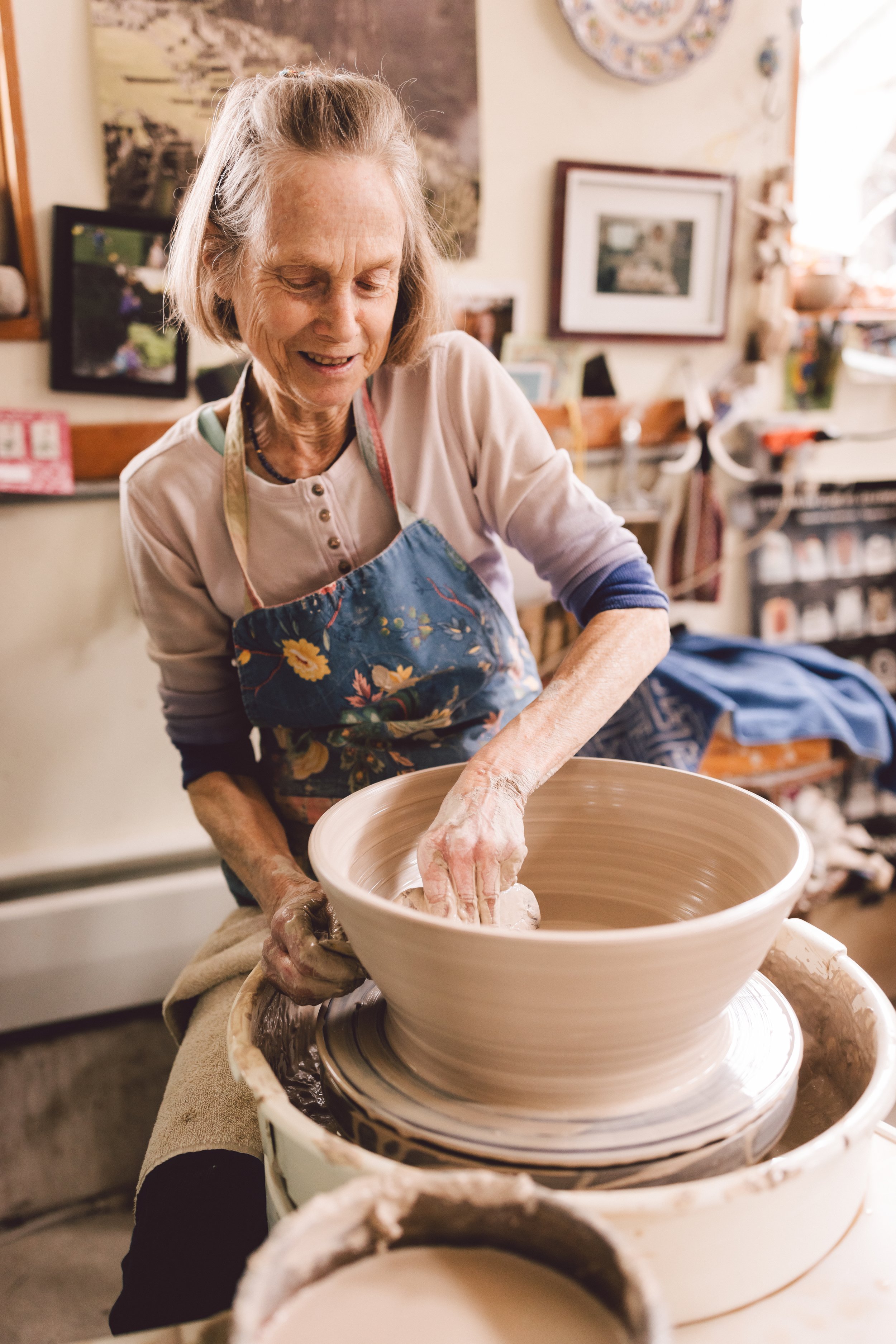About Us
We are a nonprofit educational arts organization offering nourishment to all who seek a more conscious, creative, and responsible way of living.
Our 350-acre farm in New York’s Finger Lakes region is the hub of a thriving community, with traditional fine craft studios nestled among sustainably managed gardens, orchards, pastures and woodlands. Visitors can explore East Hill Gallery and shop for natural fiber and handwoven clothing, elegant functional ceramics and turned wooden bowls, utensils and furniture, hand carved glass jewelry, stationery and more made by craftspeople here at the Guild and nearby.
See recent newsletters to find out what’s happening at the Guild this season:
Our vibrant events calendar fosters connection and growth through workshops, classes, concerts and cultural events. We offer our retreat center—which includes meeting space as well as housing accommodations—for rent to groups doing collective work or seeking personal restoration and time and space to engage more deeply in creative pursuits.
The Guild is also an ongoing experiment in communal living and personal development. We support each other in an active search for meaning, with the aim of enhancing each individual’s ability to live a more responsible, connected and joyful life. The experiences and handmade objects we create can evoke this sense of connection in those who come into contact with the Guild either as visitors, program participants or patrons.



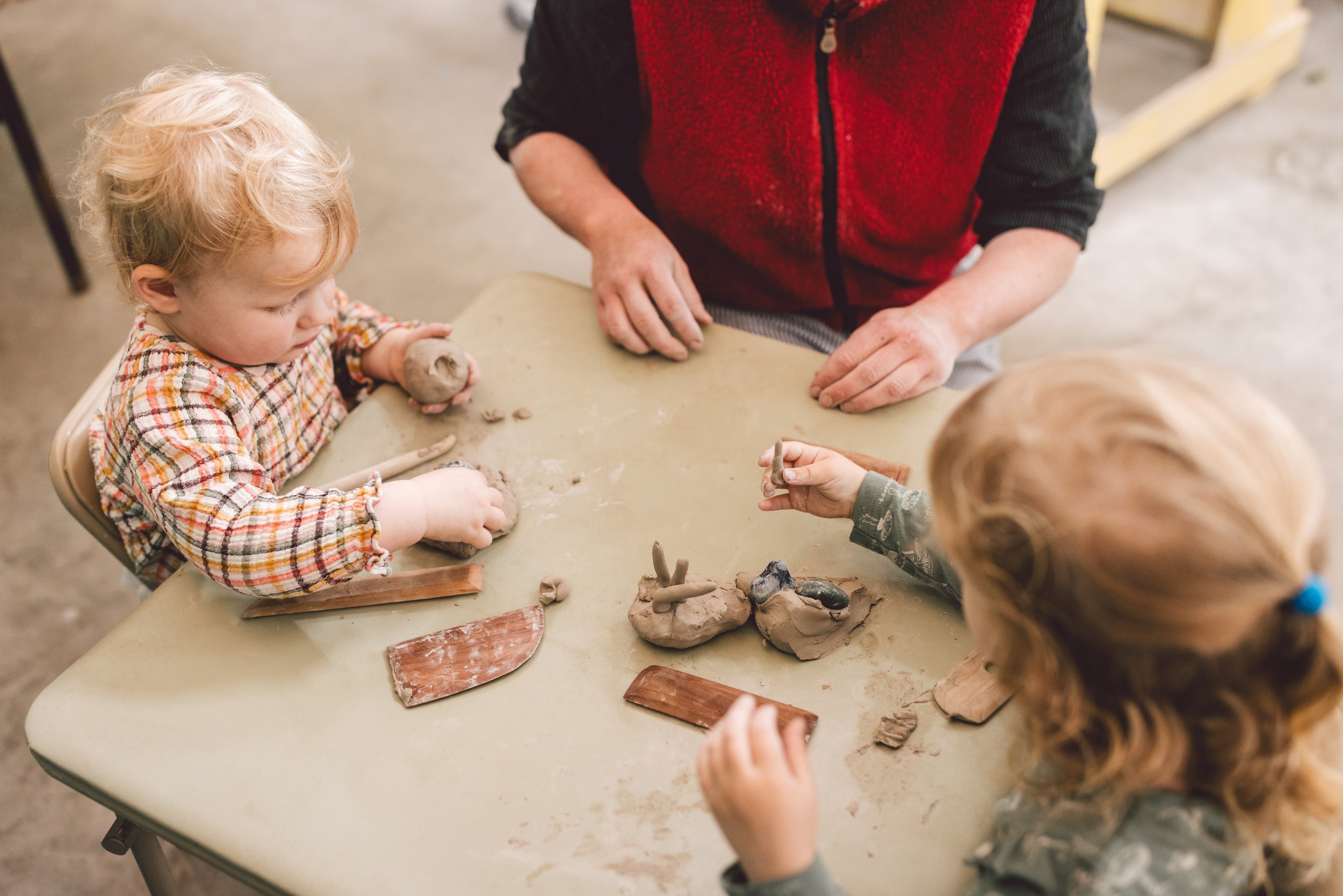
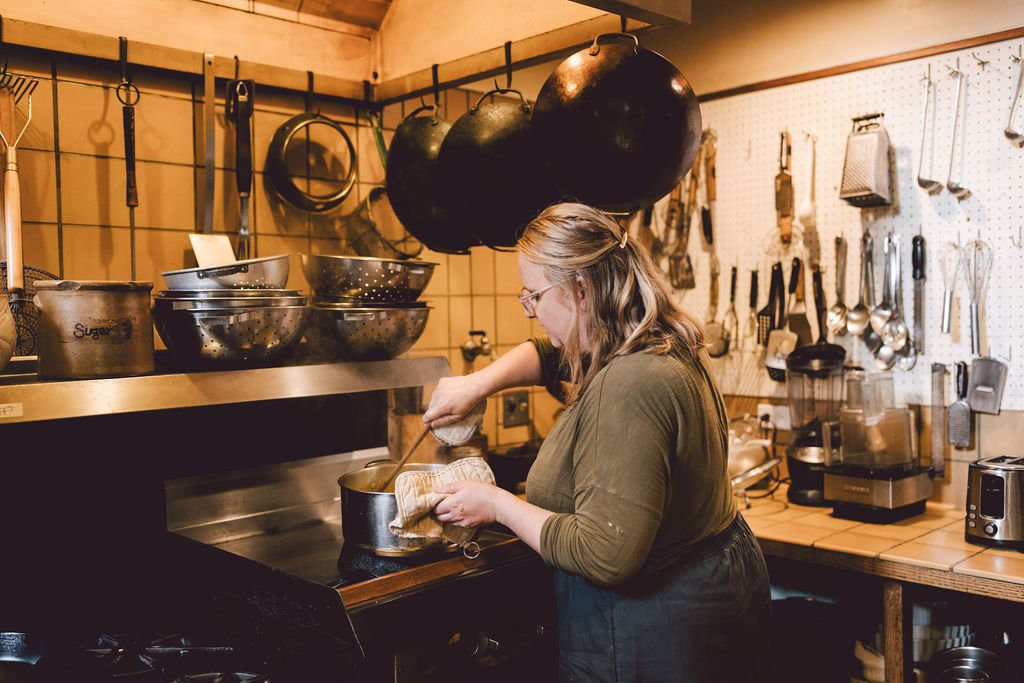
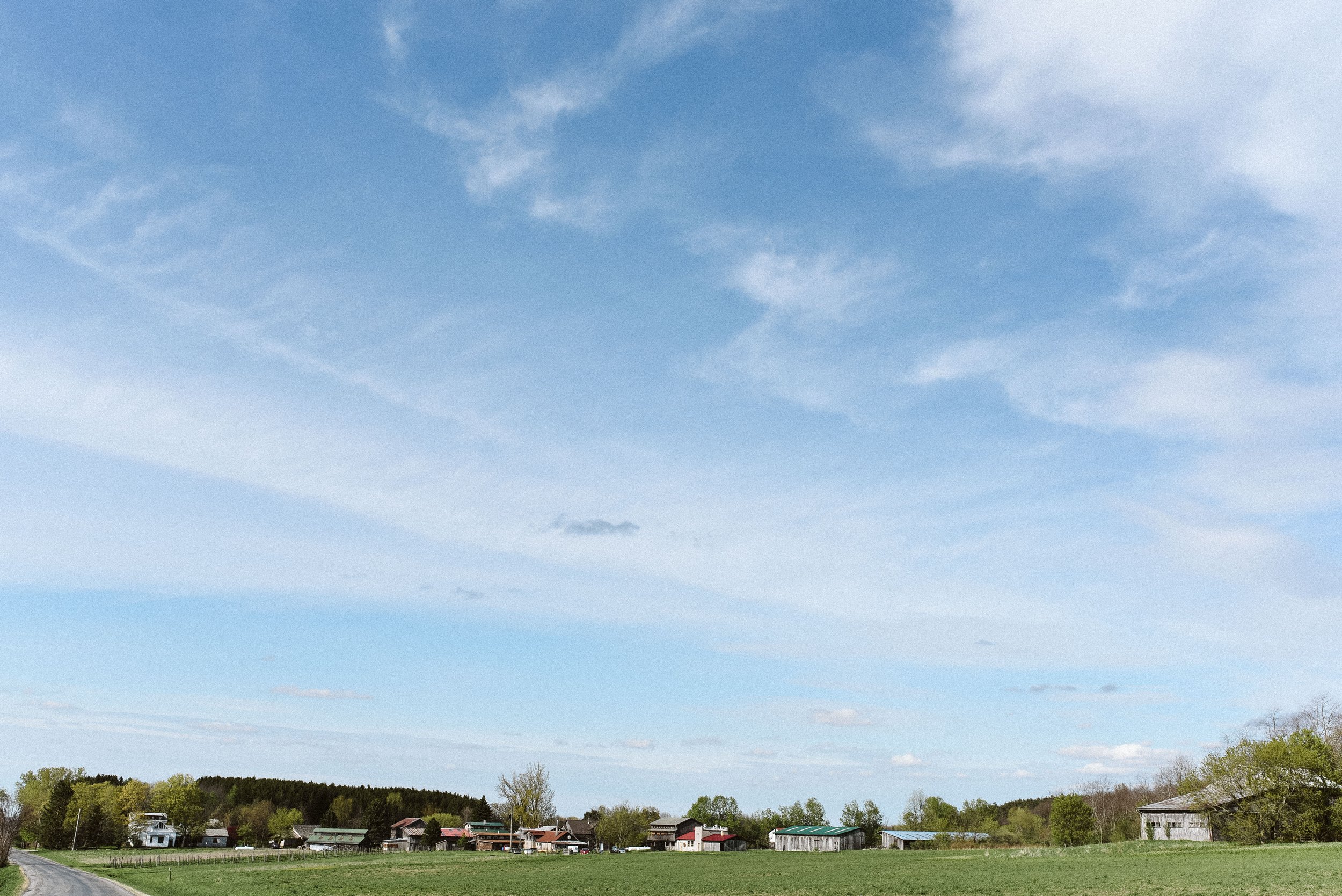
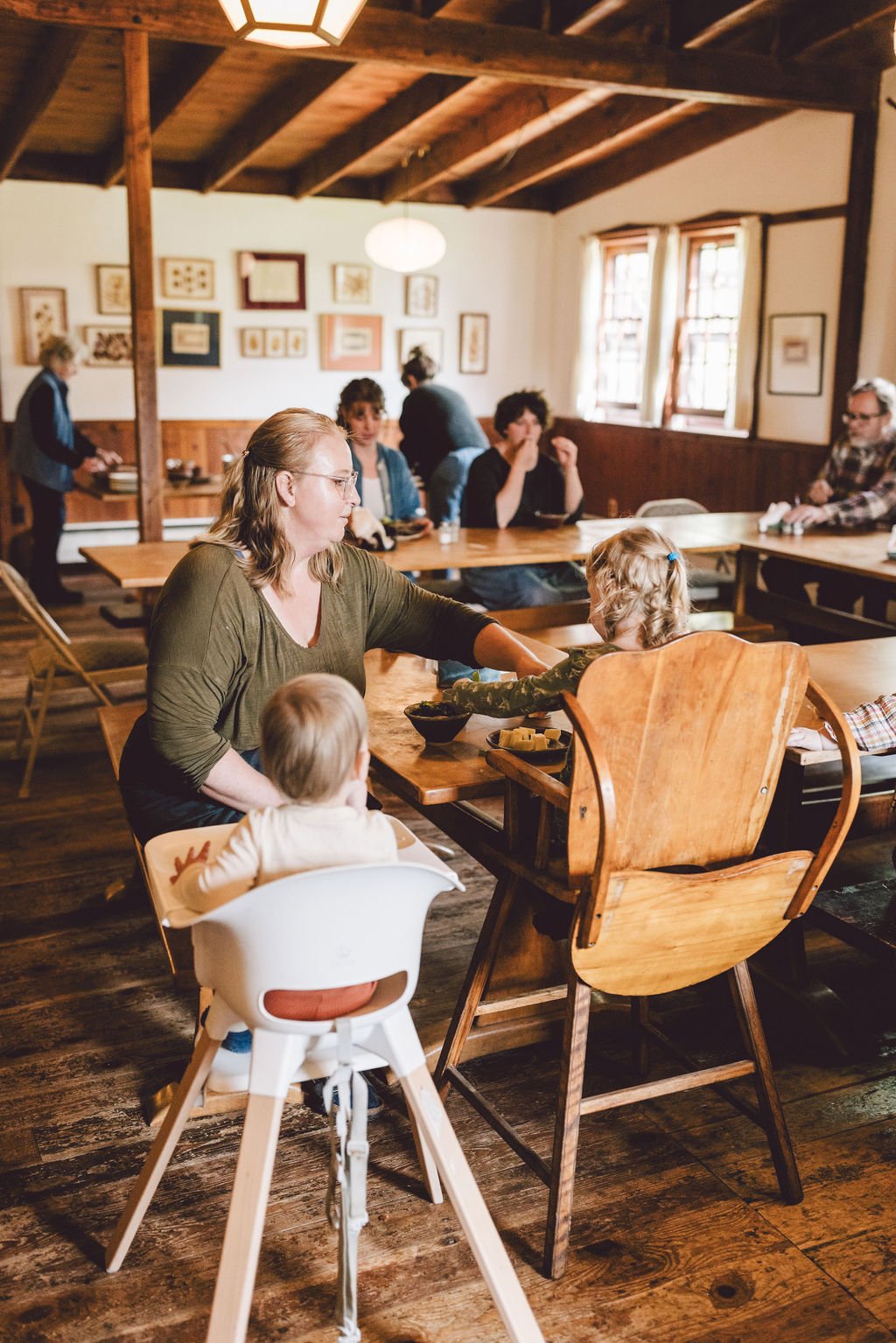




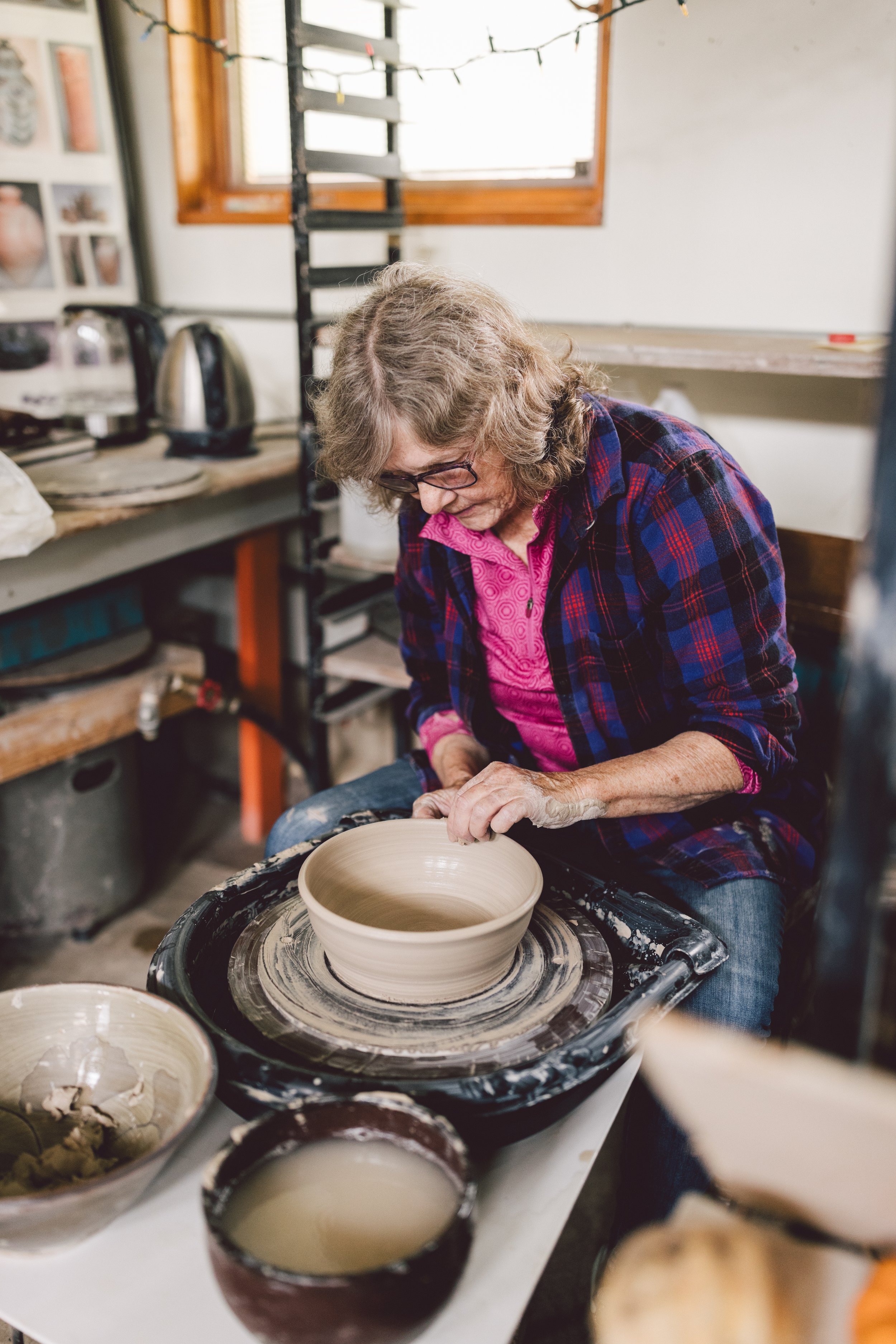












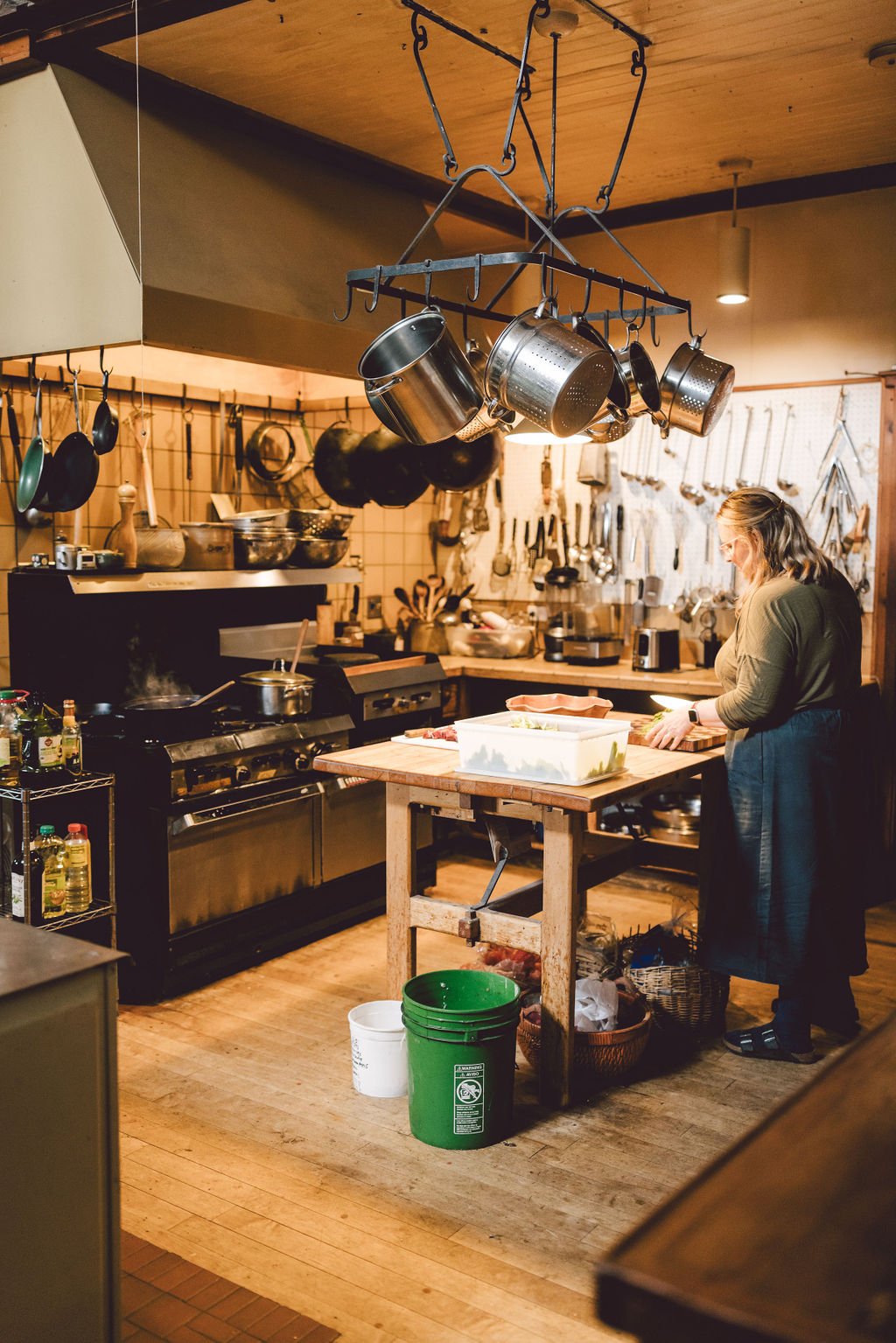


Mission
To offer support and nourishment to all who are searching for a more conscious, creative, and responsible way of living.
IN SUPPORT OF OUR MISSION
-
We gradually accustom ourselves to pay close attention to what is happening in both our inner and outer worlds during the unfolding of each day. Striving to cultivate a finer quality of attention, we acknowledge the diverse impulses that arise inside us. In time this practice can bring a greater sense of inner balance and relatedness with ourselves, others and the world around us.
-
The way we work with our hands and our whole body is essential to human development throughout life. When the mind and the body together find the corresponding rhythm of work, we feel closer to our sense of being alive and the purpose of our time here on earth. With our hands and body we plant the seed in the soil, knead the bread in the kitchen and pull a pot from a mound of clay. When the mind is open and attentive, not interfering but rather quietly interacting with the intelligence of the hands and body, our heart awakens to a new understanding. Something in us yearns for this.
-
For us, practical work is a laboratory where we learn about the laws of nature, about our own desires and resistances, and about interacting with those around us. The challenge of working with crafts, farming, and other natural processes can be a great help. What does it mean to do something well, with the whole of myself?
-
We celebrate the joys and face the frictions and difficulties of daily life together. With the help of those nearby I become both a teacher and a student, listening with less judgment and seeing some of my own shortcomings. Through personal effort combined with mutual support, cooperation and trust, we continue to build a community that nurtures the aspirations and talents of each person through acts of service, love, encouragement and self discipline.
Meet Some Community Members
Sustainability
We are careful stewards of 350 acres of pasture, woodland, gardens and orchards and aim to reduce our individual impact on the earth through a range of practices from composting all food waste to producing our own food and electricity.
We are the grateful recipients of a 2023 NY State Council on the Arts grant supporting the conversion of our campus to solar energy. Our solar array now powers artistic and educational activities at the Guild from firing the electric pottery kiln to running Woodshop machinery.
The Rochester Folk Art Guild was founded in 1957 under the guidance of Louise March (1900-1987), a student of the philosopher G. I. Gurdjieff. Incorporated as a 501(c)3 nonprofit arts education organization, we have a continued focus on traditional craft and self-development.
History of the Guild
The Guild moved to East Hill Farm in Middlesex, NY in 1967. A handwritten description from that time describes the organization as “a group of people, from widely differing backgrounds, brought together by the common aim of exploring their potentialities and limitations through practical work.”
Traditional craft studios, sustainable agriculture, orchards, gardens and homes for community members were established in the 1970s. Our elegant meditation hall, the East Hill Gallery and spaces to host programs, workshops and retreats were also constructed by community members.
Since the Guild’s inception, we have produced fine artisan crafts: pottery, woodworking, weaving, natural fiber clothing and folk toys are still produced today. Other disciplines included glassblowing, iron smithing, book printing and binding, silk screening, basketry, wreath-making, batik, hand-spinning and more. Education in the crafts through workshops, apprenticeships and residencies has touched countless lives and produced many lifelong artists.
Thanks to the support of our community, we have been able to expand our educational programs and further our commitment to sustainable living practices. As part of an international network studying Gurdjieff's teachings and a supporter of all forms of spiritual development, the Guild remains steadfast in our dedication to cultural and spiritual renewal, while fostering a multigenerational community deeply rooted in stewardship and creativity.
The Gurdjieff teaching forms the spiritual foundation of our community, encouraging each of us to explore personal and spiritual growth in all its forms. Participation in the Gurdjieff work is not a requirement, but the shared goal of self development is a common thread that unites us all. At the Guild, we engage in crafts, daily tasks, and community activities with the purpose of learning, growing, and experimenting with what it means to be human. This shared journey towards self-discovery is what makes our community vibrant and transformative.
The message Gurdjieff brings is one of hope: That there is the real possibility of evolution and discovering what it means to truly be a human being. Our community reflects this hope through our daily practices and collective efforts to live meaningful lives.
Gurdjieff Teachings
“The work of Gurdjieff has many aspects. But through whatever form he expresses himself, his voice is heard as a call. He calls because he suffers from the inner chaos in which we live. He calls us to open our eyes. He asks us why we are here, what we wish for, what forces we obey. He asks us, above all, if we understand what we are. He wants us to bring everything back into question. And because he insists and his insistence compels us to answer, a relationship is created between him and ourselves which is an integral part of his work.”
Near the end of the nineteenth and beginning of the twentieth century, G. I. Gurdjieff, sensing the ongoing disintegration of world culture, went in search of “a powerful ancient stream of true knowledge of being” at the root of the world’s great traditions.
-Views From the Real World
Gurdjieff’s rich legacy of writings, movements or sacred dances, and music can be studied at the Rochester Folk Art Guild.
His teaching engages the intelligence of body and heart as well as mind. As one Guild potter said: “To make a beautiful pot, one needs to participate in a universal process of awakening the intelligence of the body and the hands.” The forces that shape a pot are the same forces that shape a person’s life. With the effort to attend to what one is doing in every moment, simple acts come to have inner meaning.
At the Guild, all share in community tasks such as cooking, cleaning, gardening, taking care of animals, building maintenance, and general upkeep. These daily chores, the discipline of the crafts, and practice of the music and movements not only provide a field for the study of attention, but also offer a model for transformation of materials, inner and outer.
In the News










